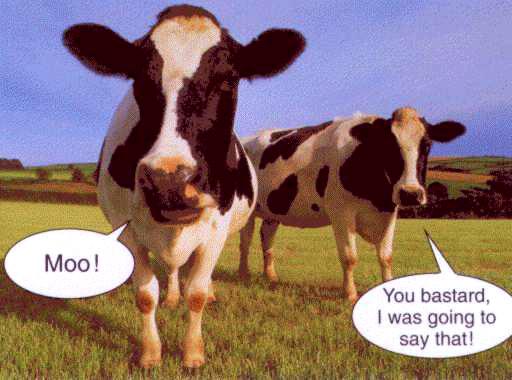Three to See The King by Magnus Mills
I do not have a great deal to say about this odd little book, in which Mills quits any attempt at a realist novel. Not only does our central character have no name, but the setting has no recognisable features. While there are the odd moments of humour, I would have thought that such an overtly allegorical work would actually be taking us someplace special. Essentially, he uses this very pared down novel to explore the consequences of community.
So, the narrator lives in a tin house in a great sandy plain. All he does is sweep the sand away from the walls of his house (we learn later that it was poorly sited) and listen to the effect of the wind on his house. He is happy: existing in a house of tin is an end unto itself. There is no sign of any sort of commercial activity, yet there is a constant supply of coffee and cakes. He has three known neighbours - all in identical tin houses, but the others are more radical than our narrator. One is constantly tinkering with his house - putting up such things as wind chimes, a balloon (so that his house can be identified - who is to identify his house is not specified), a flagpole and a weathervane. His other two neighbours have become fast friends, and have instituted a custom of taking presents whenever they visit.
But then Mary Petrie turns up: he had somehow met her earlier in his life, and she has continued to remember his dream of not only living in a tin house, but one in a canyon (even though he has no recollection of this dream - it seems that he may have embarked upon it, but given up on it somewhere along the line). How she finds him, we'll never know. Why she thinks he'll take her in, we'll never know, but she turns up with a wash stand and fine china: nice symbols of a domesticised community. Within a few days, our narrator works out that she wants him in her bed, and so they become a couple - although we're often forced to cringe at their relationship, in the way that he seems to misread so many of her signals and yet be so sure he's right. Of course, she does stay, so he can't have been completely wrong. Shortly after her arrival, he's thinking to himself It was quite remarkable really. One day I'd been living alone in a house of tin, minding my own business. Then suddenly this woman, this Mary Petrie, had moved in, and everything had changed. Now I was subject to rules, such as where I could sit and when I could sweep, and there were matters I could not discuss, or at least not go on about too much. As I waited for her return, it also struck me how quickly I had adapted to my new situation.
And there we have the nub of the novel: the ways in which we have to adapt, to accomodate others when in society. At the same time, however, there is an exploration of how far a fellow can be pushed in the interests of that society.
This theme starts to develop when our narrator goes to visit a neighbour, Simon: his house is in pieces in the ground. It transpires that there is a sixth, charismatic, figure (Michael Hawkins) who is even further out on the plain, miles away, far too far for the narrator to contemplate visiting. Simon has been, however, and is captivated, with Michael and his grand project to house an entire community in tin houses in a canyon. Word has got out, and there is a growing stream of pilgrim-like figures seen in the distance, heading towards this promised land. So, knowing that's where Simon wants to go, the other two neighbours have done him the kindness of dismantling Simon's house so they can move him there.
This gives Mills a chance to explore notions of friendship, the tensions that can arise within them and the moderating influence of a sensible woman: the narrator has his nose out of joint because of Simon's departure and refuses to pitch in and help him shift house (literally). He is clearly at risk of losing his friends, but Mary finds a compronise that lets him save face but also maintain contact with them.
Of course, eventually the narrator's curiosity gets the better of him (and Mary reminds him of his dream to live in a canyon) and he has to go visit. Michael has the canyon building project well in hand, the general attitude towards him is one of reverence, but there are mutterings around the edges - a feeling is starting to creep in among those who are working enormously long hours that maybe they're being exploited (of course, in a Mills novel, to be a worker is to be exploited), that maybe there won't be the benefits they thought they'd achieve. Rather than tease this out, Mills pulls the plug on the novel, by having Michael come up with a change to the plan that is so repugnant to all who have followed their dream to come live in a tin house, that there is open revolt.


1 Comments:
The thing that spoiled my reading of the book was a continual puzzlement as to where all the water and provisions were coming from.
Post a Comment
Subscribe to Post Comments [Atom]
<< Home